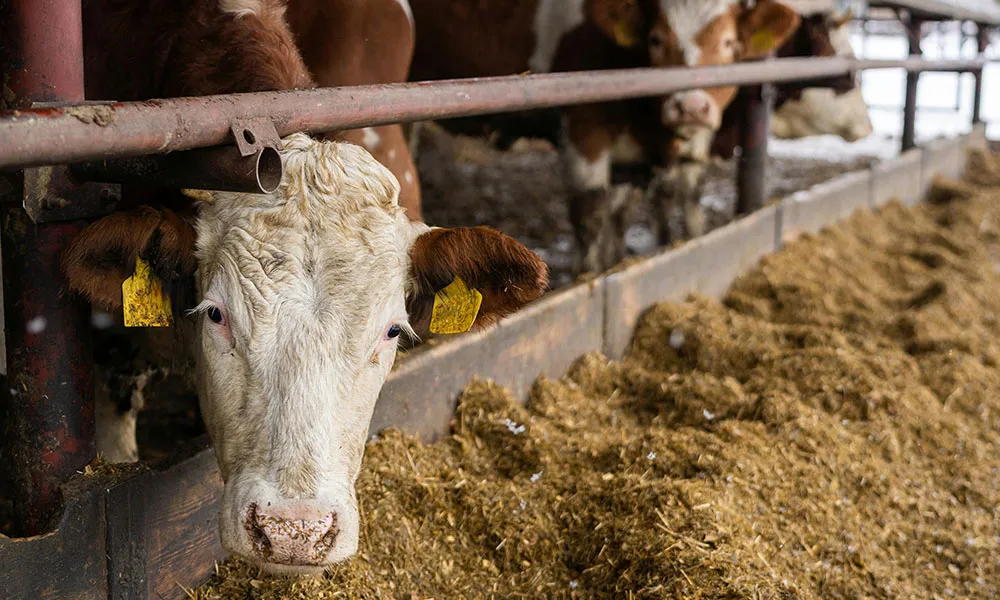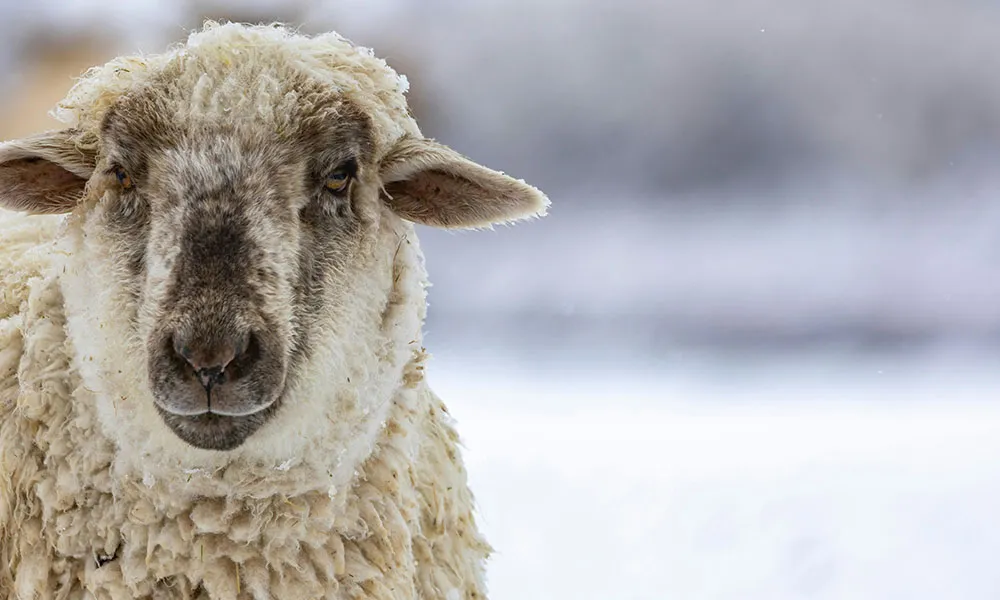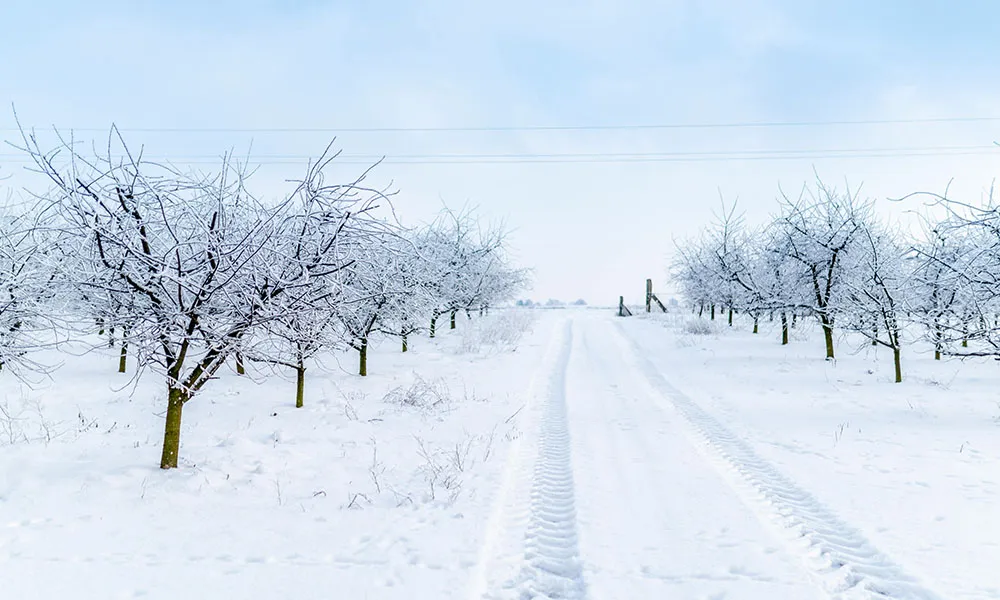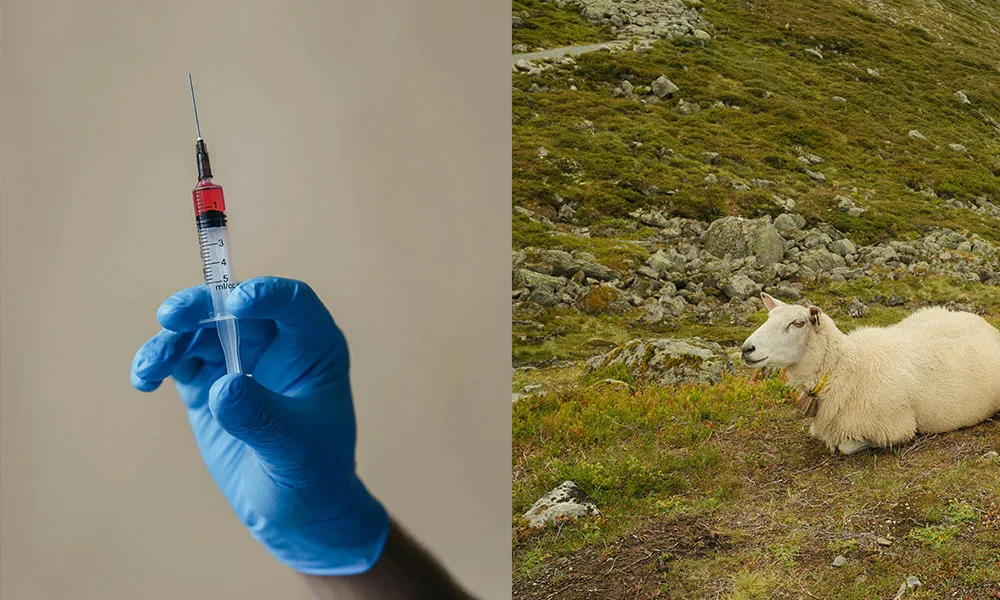
It is calving season on a lot of farms throughout the country again, so here at Agridirect we’ve decided to give you or do’s and don’ts when it comes to Calving.
Prepare in advance
In the weeks leading up to calving, there’s a lot of ground work that can be done which will increase your chances of having healthy calves.
Firstly make sure you have your labour unit ready and waiting to go. A lot of farmers will look at having the calving jack, ropes, lube and gloves on standby and think that’s them ready to go.
But before you even get those vital bits of equipment in place, you first need to look at the actual calving area.
It doesn’t matter where this is, or how big or small it is, but it should be warm while remaining well ventilated.
Ventilation is vital for calves’ health and having a stuffy shed is just as bad, if not worse than a draughty open shed.
There should also be access to clean drinking water.
This is something a lot of farmers forget about, assuming that milk will be enough.
This is not the case and without access to fresh water you leave yourself more open to sick animals.
Once you know where you are calving and where your calves are going to be for the first few weeks of life (these are often different areas, but should be equally well ventilated) then you need to look at cleanliness.
Disinfect all areas where calves are going to be, with a strong disinfectant like Kilcox Extra or Kenocox which will kill Coccidosis and Cryptosporidium. Both diseases which commonly effect calves. Or if you have recently had cases of TB or have had Rota Virus on your farm, you might want to use Virophor 2.8% which is proven to kill such diseases.
Once you have washed out the calf area, leave the area to dry.
A problem a lot of farmers have is that they leave it too close to calving starting to clean the calving unit and end up with the first calves entering an area that is still wet. This is not advised as it can actually promote the growth of bacteria.
Once the area has dried out fully it is advisable spreading hydrated lime.
If you have a big area and it seems like too much work, don’t be tempted to skip this vital task.
The Vink Lime Spreader could help speed up the operation.
As the weeks go by, the lime will help stop the growth of Any Bacteria in the shed.
Once you have a light powdering of lime spread, you can then spread dry straw or sawdust and get your Calving jack and Calving Essential’s kit on standby. Now begins the waiting game.
Those farmers with Moocall will have an advantage of not having to worry as much.
They can expect a handy text message an hour before the birth, giving them plenty of time to get the labour unit ready.
Most of these lucky people will tell you that it’s well worth the €150 yearly fee for the peace of mind it brings.
The actual labour is obviously the place where the biggest risk occurs.
If you have the calving area ready as described above, it can limit the stress on the animal and increase your chances of a smooth delivery.
However, some difficulties are inevitable if you’re calving a lot of cows. The odds are just not in your favour.
If you run into difficulties the rule is either get the calf or the vet out quick.
It’s important to keep an eye on the cow.
If, after the first hour of showing, you can’t see the feet, handle the cow and see if the calf is facing the right way.
If it is, many farmers would wait another while to see how things progress, as a natural birth is best for both cow and calf.
If it’s not, then you’ll need to either twist the feet, or even the calf into the right position and help by pulling.
Or if you’re not confident that you know what to do, call the vet ASAP.
To do otherwise, could mean losing not only the calf, but the cow as well.
Knowing your limitations and being able to admit when you need help is important.
It is always a wise move to have the vet on speed dial, just in case.
Having them forewarned and on standby is even wiser.
If you’re prepared for all scenarios then it’s less likely you will be caught out if and when complications arise.
As the saying goes “Fail to prepare, prepare to fail”.
RGA










